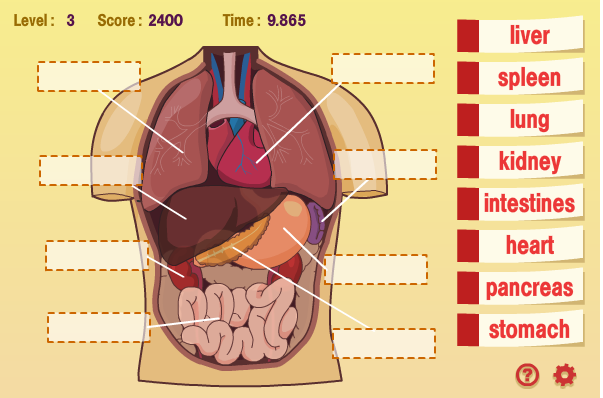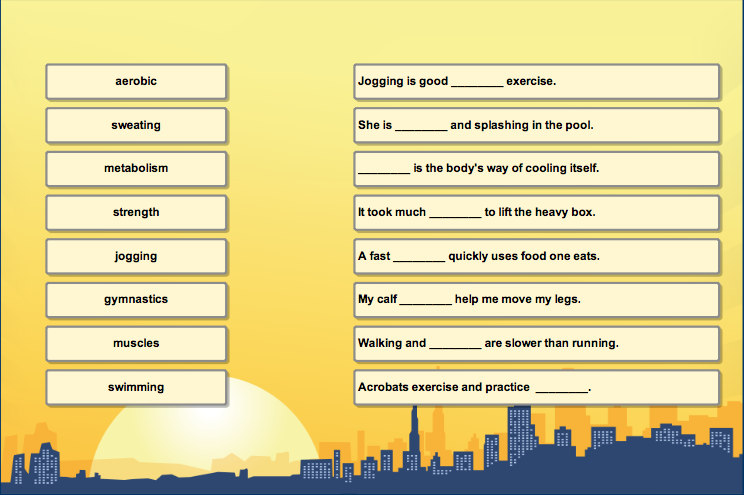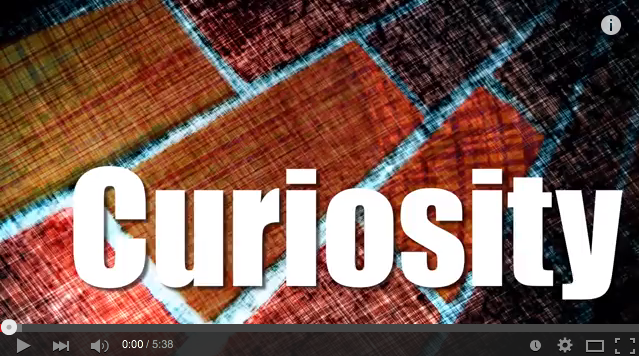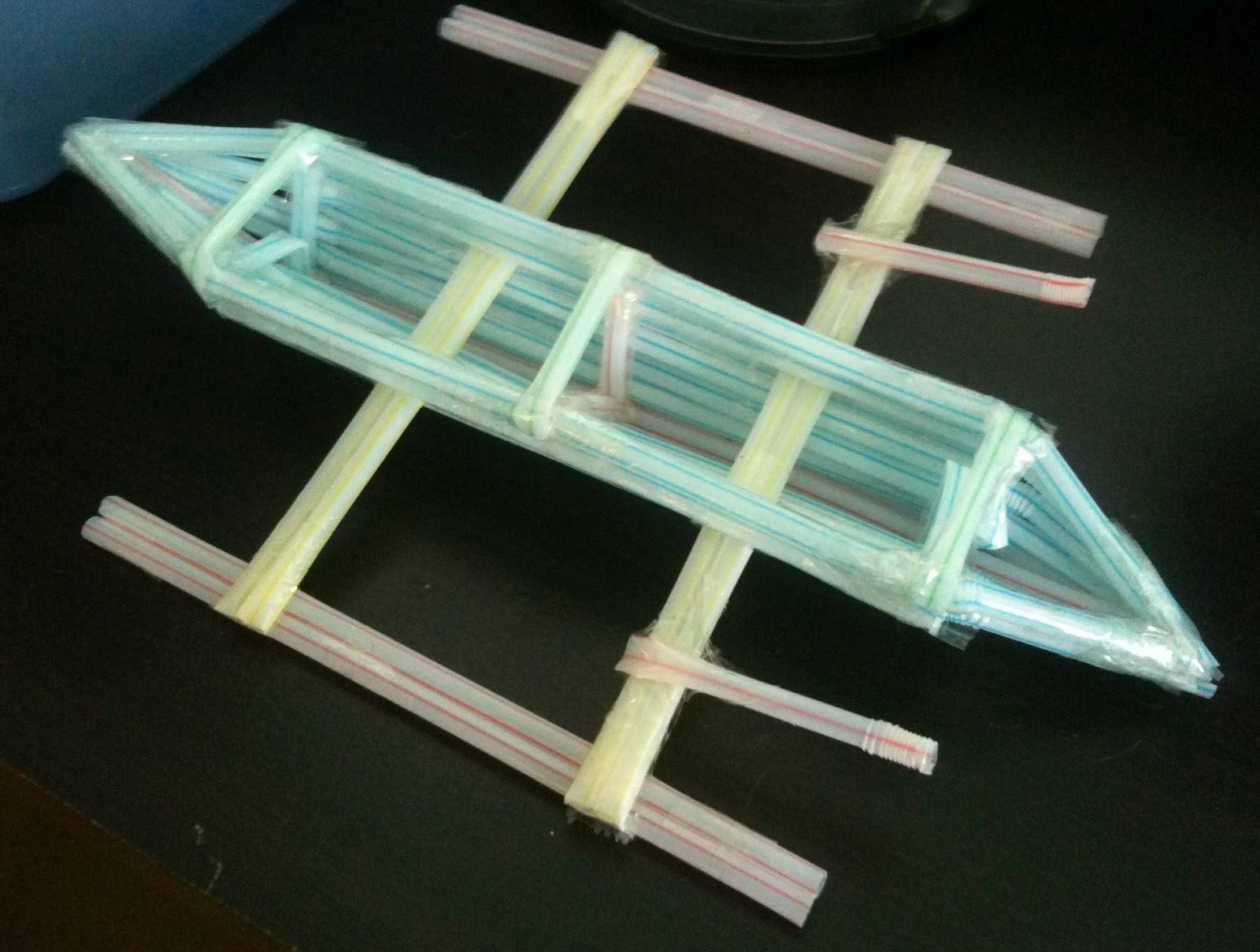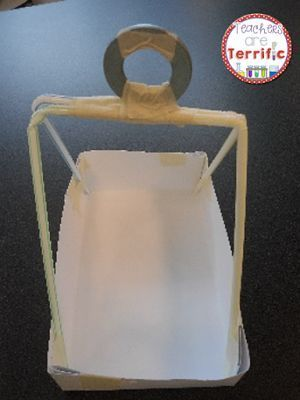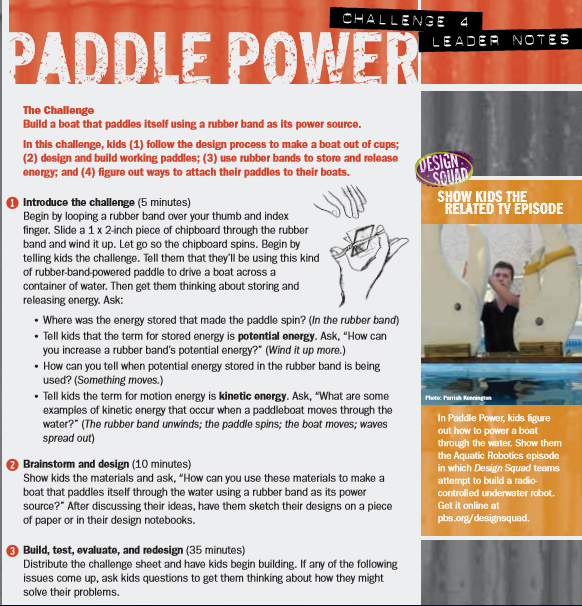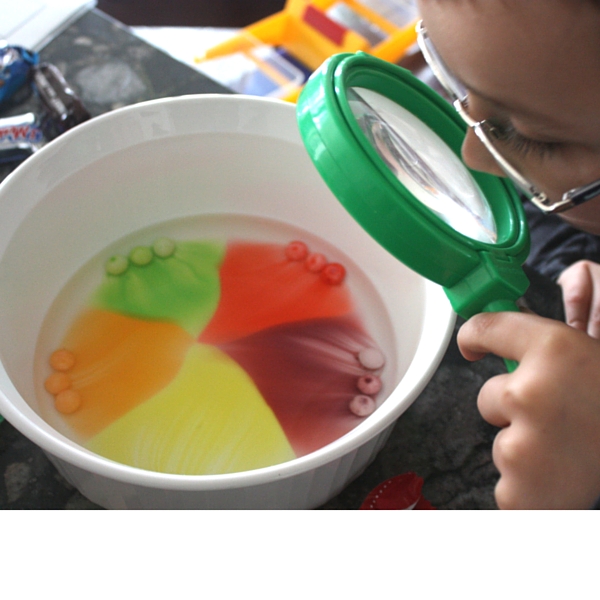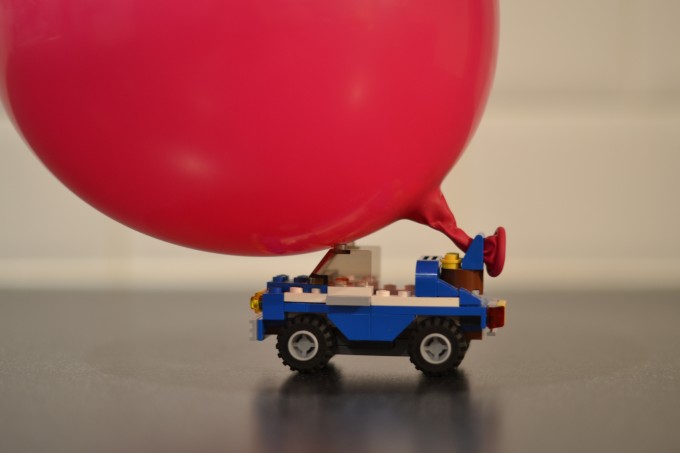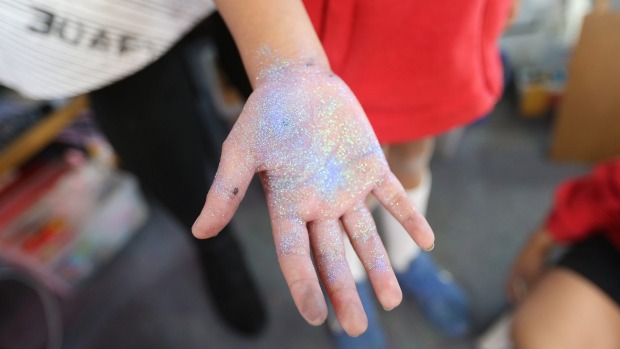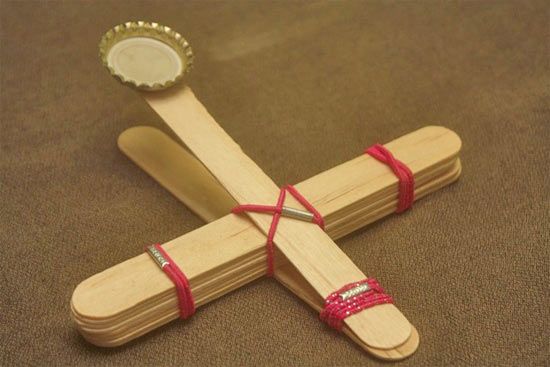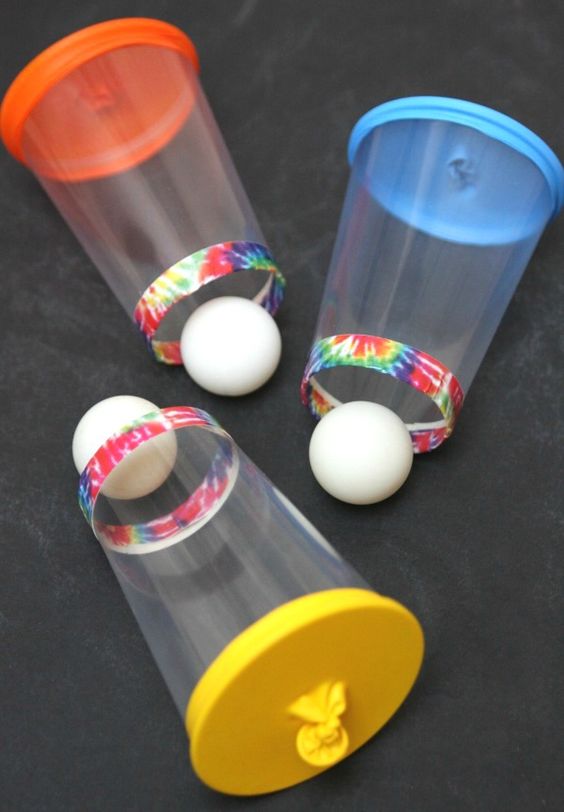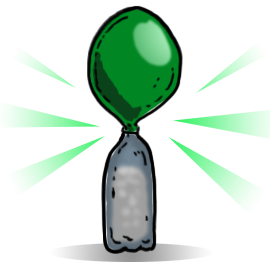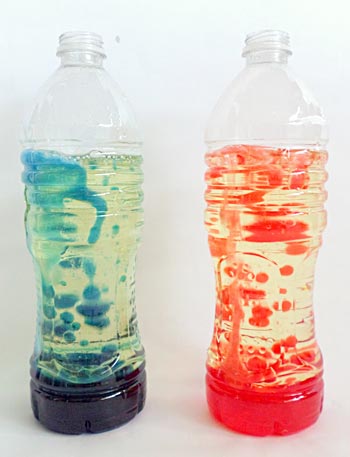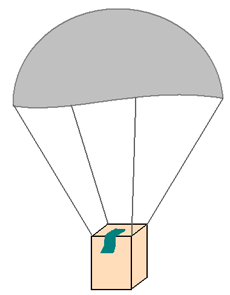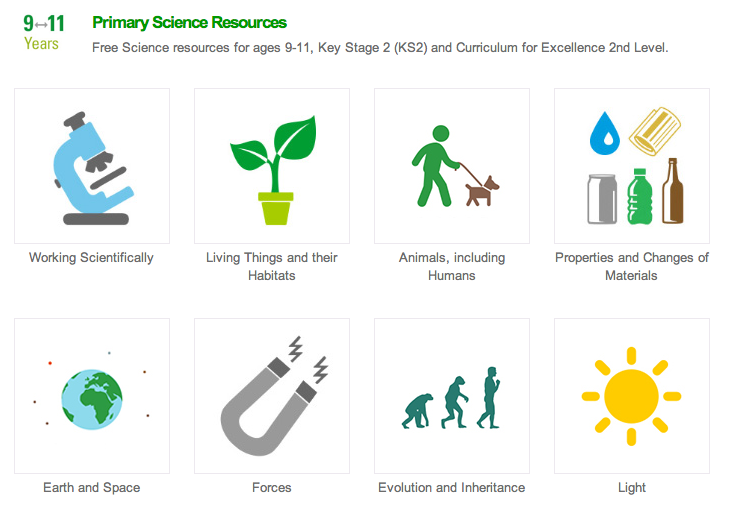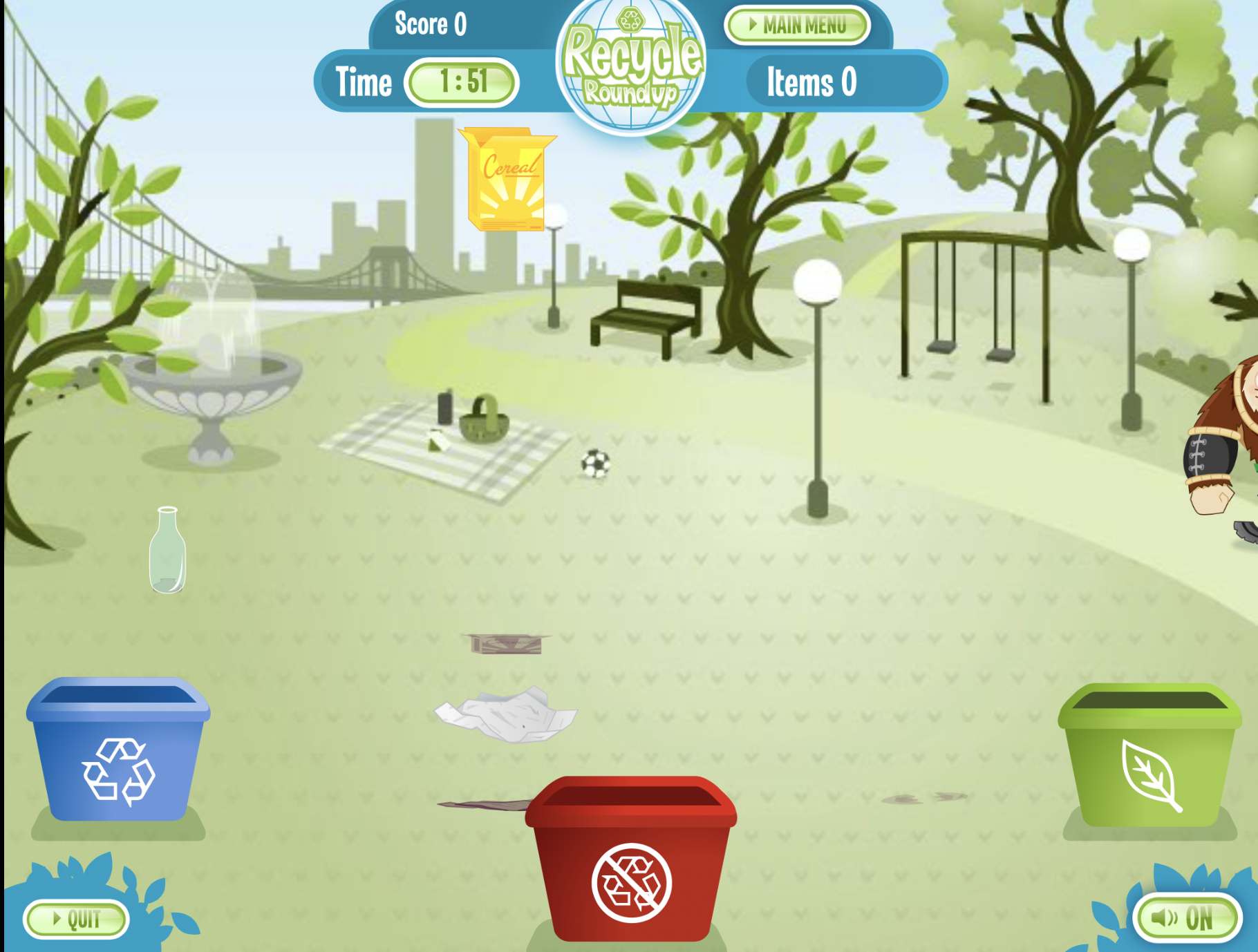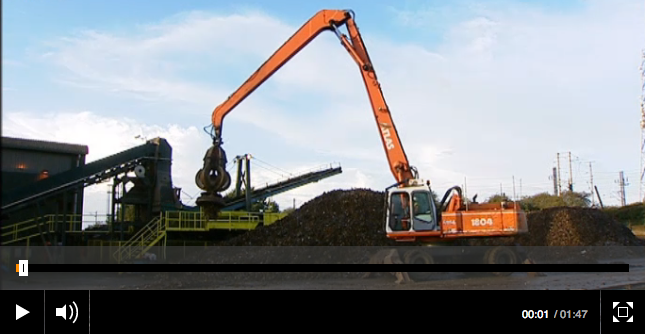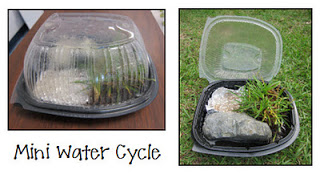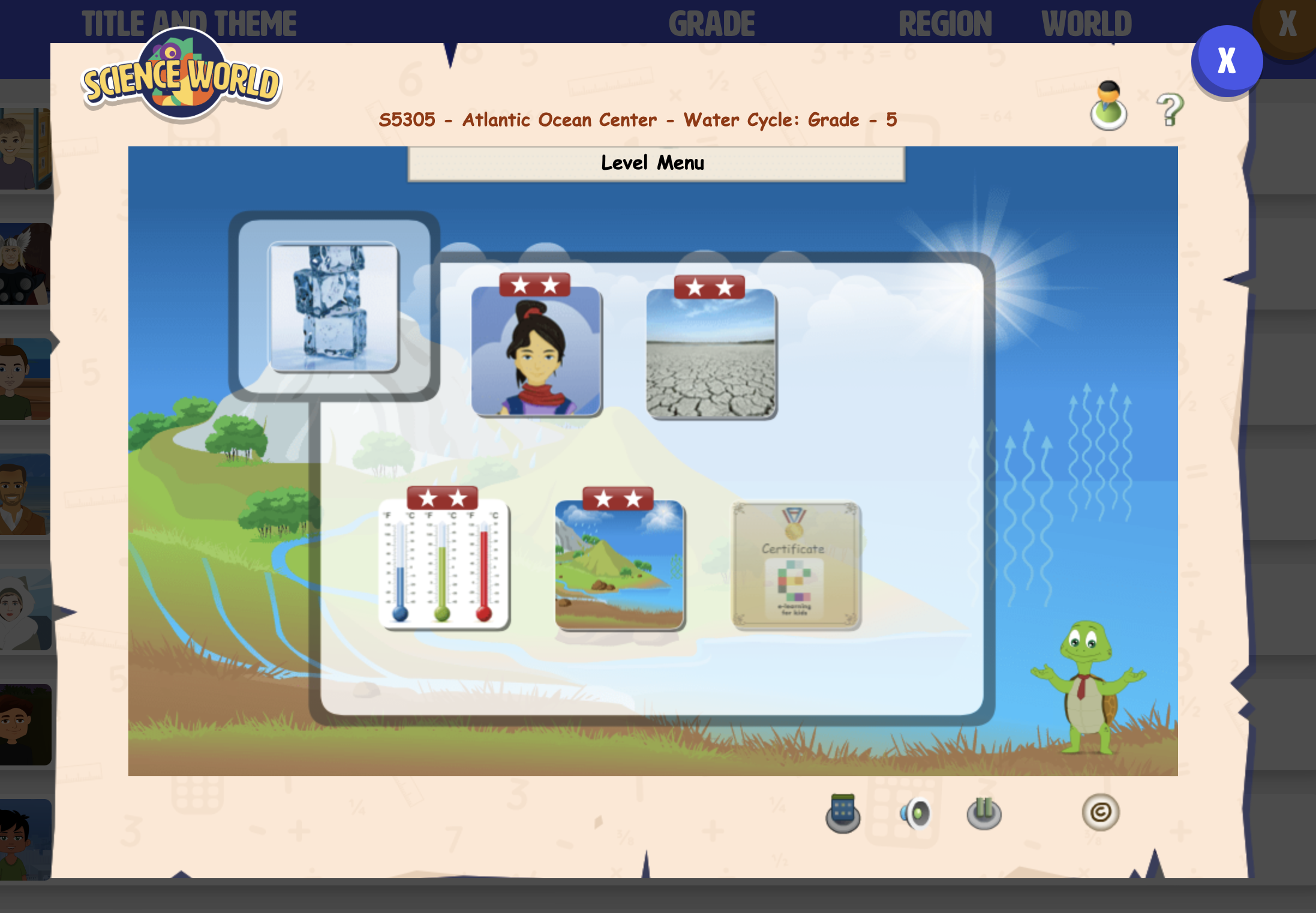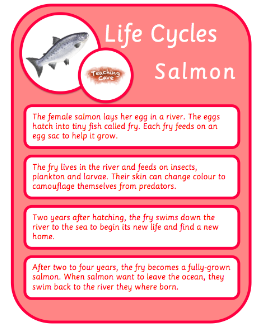Science and Technology
Labelling the Body
This game introduces your class to the different organs in the body.
Each child must learn the words and location of the body parts.
Fitness Key Terms
It is very important to learn the key vocabulary associated with topics and subjects. Too often the children can explain what is happening to their body without mentioning any key terms.
This interactive game introduces the children to new vocabulary as well as telling them the definitions.
Your class must match the terms to their definitions to complete the activity.
Inspiring Science
This is a super video clip that shows your how to create a range of science experiments in your classroom.
Allowing your children to watch a video clip like this will inspire their imagination. You can even allow them to choose an experiment each week by way of a vote.
Engineering Challenge: Floating Boat
Challenge: Can you make a boat that can stay afloat whilst holding 25 pennies?
1. How will you make a boat that floats well enough to support a heavy load without sinking?
2. Should your boat be a platform (e.g., a raft or barge) or an open boat (e.g., a rowboat or canoe)?
3. What’s the best way to make your boat waterproof?
4. How big do you need to make your boat to hold 25 pennies?
The boat in the image was created using straws and plastic wrap.
Extension: Double the weight or add a sail to enable it to move.
Engineering Challenge: Paper Table
Challenge: Can your class make a table that is strong enough to hold a pot of scissors?
Use tubes of newspaper to make a table that’s at least eight inches tall and strong enough to hold a pot of scissors. Encourage your class to roll the newspaper tight to improve its strength.
Engineering Challenge: Zip line
Challenge: Can you design something to carry a ping-pong ball from the top of the zip line to the bottom?
Engineering Challenges Booklet
Download this fantastic 32 page document of engineering challenges and lesson plans for your class.
Dissolving Skittles
Dissolving Skittles
Add your skittles around the edges of a bowl. Use three of each colour to increase the concentration.
Your children can choose whatever colour combination they like. The skittles start to dissolve pretty quick and the colours will make a beautiful pattern.
Use a slow motion recording to see the skittle dissolve gradually.
Lego and Energy
This is a wonderful activity that incorporates design, construction and assembly and energy and movement.
Your class must design a lego car that will be powered by a balloon. The children must think carefully about how they can attach the balloon to the lego car to ensure it stays attached.
Glitter Bugs
This is an experiment to show the passing of germs.
Collect as many different colours of glitter as you can. Split your class into groups and allow each group to put a different colour of glitter onto their hands.
Once all children have glitter on their hands, allow the groups to mingle and shake hands.
Data Collection
Create a table showing red germs, green germs, yellow germs etc. along the top and a list of each child’s name down the side. The children will look at their hands and tick which germs they have on their hands. They will then collect the data from their peers and create a graph or chart of your choice.
Volcano Eruption
For this experiment you will need baking soda (not powder), vinegar and a container.
First place the tall container inside the wider one and pour in some baking soda.
Next, slowly pour some vinegar and red food dye into the tall container and watch the mixture sizzle and erupt like a volcano!
Catapult
The children will be able to see how different forces affect movements. You will need thick lollipop sticks, elastic bands and small marshmallows.
You can see how to make the catapult by looking at the image and once the children have designed it, you are ready to begin the experiment.
The children are going to see how far a marshmallow can travel when their catapult is pulled down under different tensions.
Shooter
Your children will be able to see how elasticity can generate force using these shooters. The children love to see how far their ping pong ball can go.
I would encourage your children to use different materials to create their shooters to allow them to problem solve and improve on their shooter.
Hot Air Balloon
Write this statement on the boards before the lesson, ‘Warm air takes up more space!’
For this experiment you will need a balloon, an empty bottle and hot water. Leave it for a few minutes and you will see the balloon stretch.
Click the image to see this experiment work.
How does this work?
As the air inside the balloon heats up it starts to expand. The molecules begin to move faster and further apart from each other. This is what makes the balloon stretch.
Lava Lamps
For this experiment you will need a plastic bottle, vegetable oil and Alka-Seltzer tablets.
First you should pour water into a plastic bottle using a funnel until it is one quarter full.
Next, pour in vegetable oil until the bottle is nearly full and wait until the oil and water have completely separated.
Then ask the children to choose their food colouring and add around a 10-15 drops to the mixture.
Your children will notice that the food colouring falls through the oil and mixes with the water.
Cut an Alka-Seltzer tablet into smaller pieces and drop one of the pieces into the bottle and the reaction begins!
How does this work?
The oil floats on top of the water because it is lighter than water. The food colouring has the same density as the water so it sinks through the oil and mixes with the water. When you add the tablet it sinks to the bottom and starts to dissolve. As it dissolves it releases carbon dioxide. Gas or air, is lighter than water so it floats to the top.
Egg Parachute
This experiment involves your children designing a parachute that can hold an egg. They must then ensure that it descends slowly from a height, perhaps the top of the stairs in school to ensure the egg doesn’t crack.
Your should allow your children to create simple trial runs and experiment with different designs and materials.
To see how it should be designed, click the image.
Science Resources
This is a fantastic Ks2 resource which provides you with information, images, video clips and experiments to develop the scientific skills of your children. The resource explores Earth and space, forces, living things, energy and electricity, materials, evolution and more.
Recycling Materials
This is a fantastic game that encourages your children to place the items in the correct recycling bin.
Magnets and the Scrapyard
This resource looks at different materials in a scrapyard and show how the materials can be sorted using magnets.
Water Cycle
Water on the earth is constantly moving. It is recycled over and over again. This recycling process is called the water cycle. This is a mini water cycle. Add a rock to represent a mountain, grass for the vegetation, and a small pond made from alluminum foil and filled with water. To power up the water cycle, you close the container and put it in the sun. To find out more Click Here.
The Water Cycle Animation
This animated resource explain the four parts of the water cycle. It explain what happens at each stage. This is a fantastic resource which the children could use independently. At the end of the animation there are 4 activities whereby the children are challenged to put what they have learnt into practice.
Life Cycles
These are fact sheets that allow your class to learn more about the life cycles of different animals.
The fact sheets include some key vocabulary and terminology to develop the knowledge of your children. The fact sheets can be read independently or can be worked on as a group activity.
This resource provides information about frogs, penguins, salmon, kangaroos and butterflies. Click the image to start the download.

